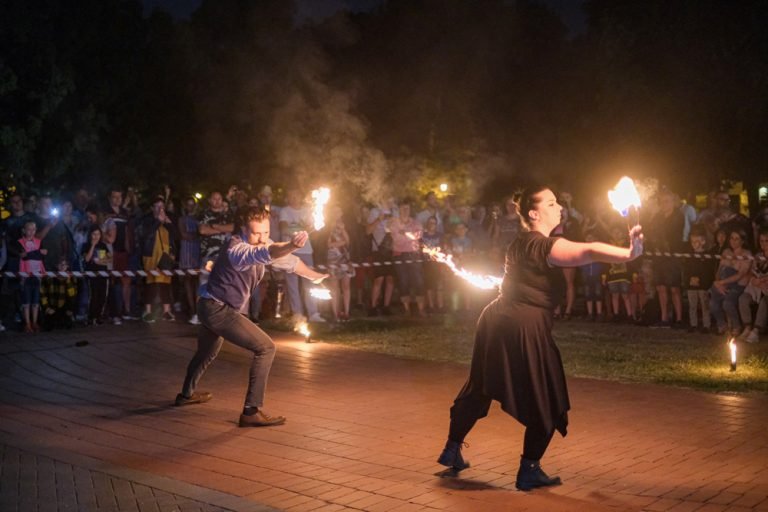When the flickering flames of a fire dancer illuminate an event space, it creates an unforgettable atmosphere. However, behind the captivating spectacle lies a complex interplay between thrill and responsibility. As fire performance grows in popularity for corporate galas, municipal festivals, and private celebrations, so does the scrutiny on safety and risk management. The legal aspects and liability in fire arts can no longer be an afterthought—they must be integral to event planning and execution.
Understanding the Legal Framework: Not Just a Flame, But a Legal Firestorm
Organizing or hosting a fire performance requires a thorough understanding of applicable laws and regulations. Fire arts fall under public safety, municipal risk, and event liability categorizations. Depending on your jurisdiction, this can include:
- Local fire codes and permit requirements
- Occupational safety standards for performers and staff
- Insurance mandates for public events
- Noise, nuisance, or crowd control ordinances
For example, in the United States, many cities require a fire marshal’s approval well in advance of the show. In the EU, multiple member states enforce CE-certified flammable materials and may require fire safety officer presence on site.
A surprising 65% of event organizers surveyed by Event Safety Alliance admitted they did not fully understand the liability implications of specialty acts, including fire performances.
Liability in Fire Arts: Who Is Responsible When Things Go Wrong?
Liability in fire arts becomes highly significant the moment an audience, performer, or property is at risk. Legal responsibility may fall on several parties:
- The event organizer – for permitting the performance to occur without appropriate safeguards
- The venue – for failing to provide a compliant environment for the event
- The fire performer – for not adhering to professional or legal protocols
- Suppliers or subcontractors – for faulty equipment or lack of compliance
Consider an incident in 2019 where a private wedding in California ended in a $250,000 lawsuit after an improperly executed fire stunt caused a localized brush fire. The investigation found that while the performers were skilled, the organizer had failed to secure the necessary permits and insurance coverage.
Best Practices To Mitigate Risk Without Dimming the Show
1. Hire Certified Professionals
Always engage fire performers who are trained and insured. Look for certifications from bodies like the NAFAA (North American Fire Arts Association) or similar regional equivalents. Verify their track record and request references.
2. Obtain All Permits and Communicate With Authorities
Apply for permits early and maintain clear communication with local fire departments or city inspectors. They may require site walkthroughs, fire extinguisher placements, and proof of performer qualifications.
3. Secure Specialized Insurance
Standard event insurance often does not cover pyrotechnics or fire-based performances. Ensure that your policy includes specialty acts and that both the organizer and the performer are named as insured parties.
4. Enforce Rehearsal and Safety Protocols
Plan for a full safety drill. This should include evacuation procedures, handling of fire props, backstage fire extinguisher locations, and having a dedicated safety officer on site.
5. Ensure Venue Compatibility
Not every venue is suitable for fire arts. Confirm clearances for ceiling heights, proximity to flammable materials, and whether outdoor or indoor fire performances are allowed.
Municipal Events: Special Considerations for Public Gatherings
In the case of festivals or large-scale public events, the complexity increases. Municipal event planners should prepare for:
- Public liability coverage in the multi-million-dollar range
- Risk assessments and zoning—including whether children, the elderly, or people with disabilities can navigate safely
- Backup plans in case of weather changes when fire elements can become uncontrollable
To illustrate, the Midlands Summer Festival in the UK runs an annual fire-themed performance night. They mandate a three-tiered safety protocol: initial license inspection, mid-event performance audits, and post-event liability reviews. This model has made them a case study in cultural event risk planning.
Real-World Benefits of a Legally-Compliant Fire Performance
While navigating the legal aspects of fire arts may seem intensive, the rewards are substantial. A well-managed fire show:
- Enhances audience experience with memorable visuals
- Demonstrates professionalism and care
- Reduces long-term costs associated with claims and legal disputes
- Strengthens reputation for both the organizer and the venue
When done right, the legal preparation is invisible to the audience—but invaluable to the organizer.
Conclusion: Don’t Let Risk Extinguish the Art
Bringing fire into a live performance setting is as awe-inspiring as it is technically challenging. But the spark of drama must not overshadow the legal aspects and liability in fire arts. A responsible, informed approach ensures the show dazzles without danger.
Whether you’re a municipality planning a summer celebration or a coordinator staging a corporate gala, balancing risk and spectacle is not just prudent—it’s essential. Embrace the fire, but do so with knowledge and preparation.
Book a professionally-insured, legally-compliant fire show today and turn your event into a blazing success—safely.
Summary: Key Takeaways
- Fire arts require legal and insurance groundwork before being integrated into any event
- Liability can extend to organizers, venues, and performers alike
- Hiring certified performers and securing fire permits is non-negotiable
- Municipal events demand extra diligence due to public involvement
- Proper planning leads to spectacular, risk-mitigated results




